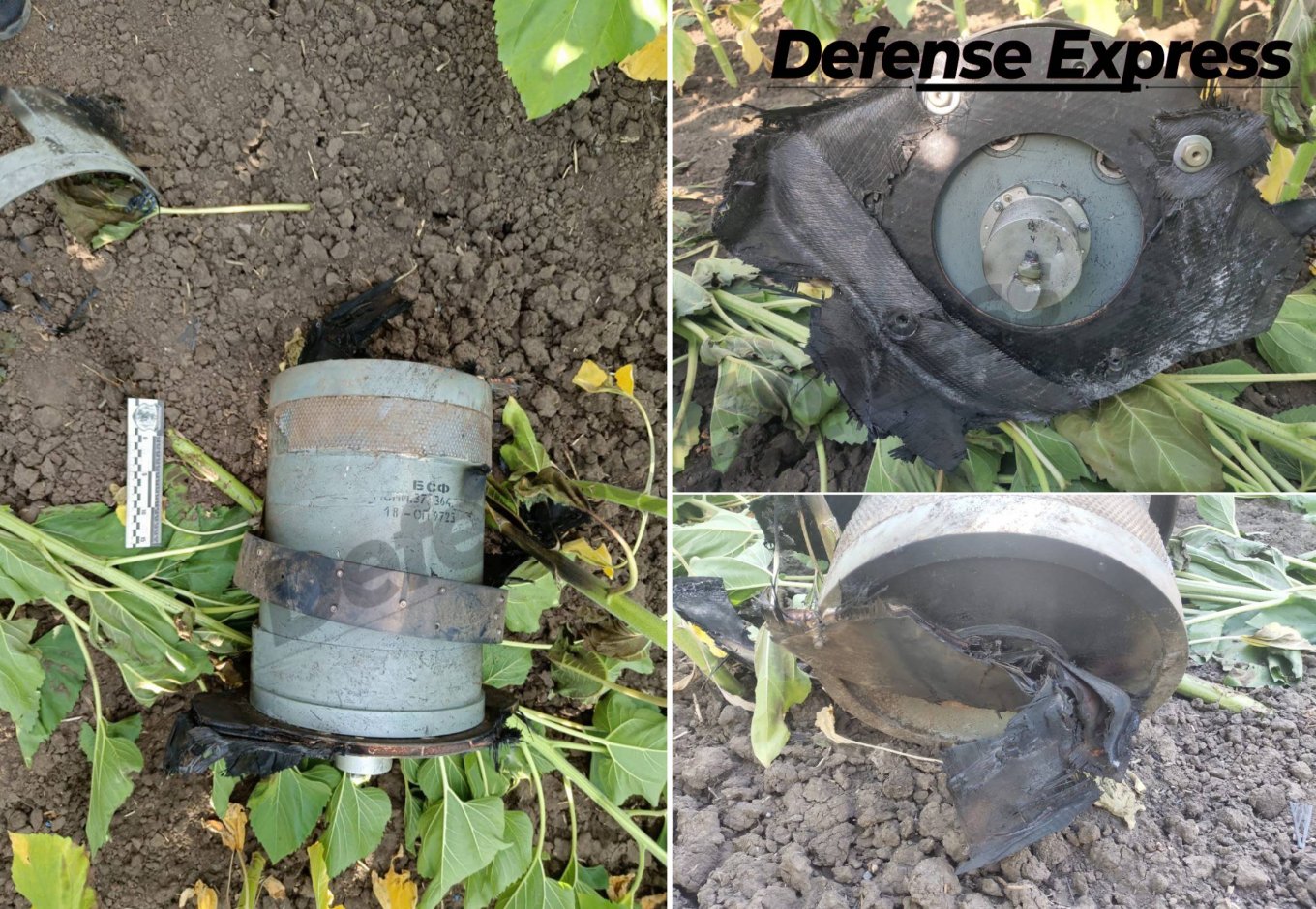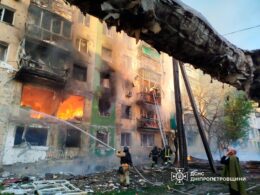- Russia switches to larger but rarer strikes on Ukraine, UK Intel says
- Ukraine downs 81/94 Russian missiles as Russia targets energy infrastructure, forcing nuclear plants to reduce energy output
- Russia’s missile attack on Kyiv is response to Ukraine’s strike on strategic fuel plant, not to Zelenskyy’s criticism of Putin, analysts say
- Russian missiles target six embassies in Kyiv, says Ukraine’s Foreign Ministry
Czech firms secretly shipped machine tools to Russia — even during war, investigation finds
Tools from top manufacturers entered Russia even in 2024, data shows, according to The Insider.





